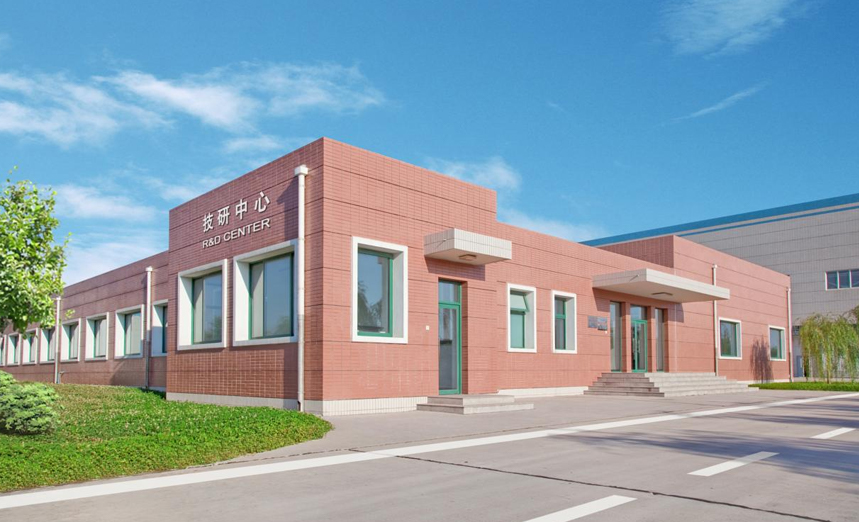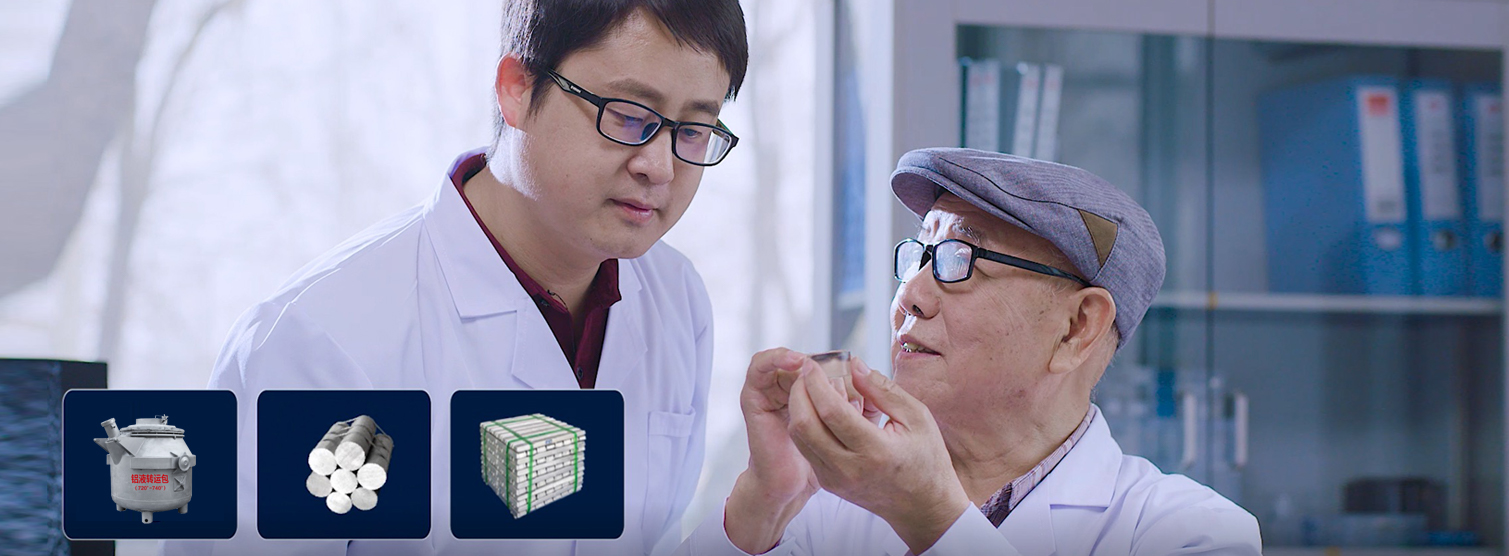-
Lizhong Alloy
Official SiteLizhong Alloy Technical Research Center was established in 2004, now there are more than 70 professional R&D personnels. It has established scientific research institutions such as Hebei Light Metal Alloy Material Industry Technology Research Institute and provincial material testing Technology Innovation Center.
Alloy Technical Research center has 7 material innovation centers:provincial light metal alloy material industry Technology Research Institute, recycled aluminum based new materials technology innovation center, new aluminum alloy material technology innovation center, wheel new materials and testing technology innovation center, 1 equipment class provincial technology innovation center, 5 provincial enterprise technology centers, 2 national recognized CNAS laboratories. The company has 327 valid authorized patents in the field of cast aluminum alloy materials and deformed aluminum alloy materials, including 61 invention patents, 255 utility model patents and 11 design patents.
Our service capabilities for customers include ① detection and analysis of various components of aluminum alloy; ② Casting performance test: fluidity and shrinkage; ③ Spectral analysis standard samples of various alloy grades; ④ CT nondestructive testing of products; ⑤ Scanning electron microscope analysis of product materials; ⑥ X-ray diffraction phase analysis of product materials; ⑦ Qualitative and quantitative analysis of slag inclusion in alloy melt; ⑧ High temperature tensile test; ⑨ Research and development of new products and alloy materials.

R&D Capability
Lizhong alloy group has more than 200 sets of analytical and testing instruments and equipment such as advanced industrial CT machine, scanning electron microscope, X-ray diffractometer, research grade metallographic microscope, metal material bending fatigue tester and aluminum slag detector. Have the ability to detect and analyze the constant and trace chemical composition of aluminum alloy materials; Testing of mechanical properties, physical properties and casting properties of alloy materials; Microstructure, phase composition, defects and casting failure analysis of alloy materials; Ability of nondestructive testing of alloy materials and testing and analysis of melt purity such as inclusion and hydrogen content.

